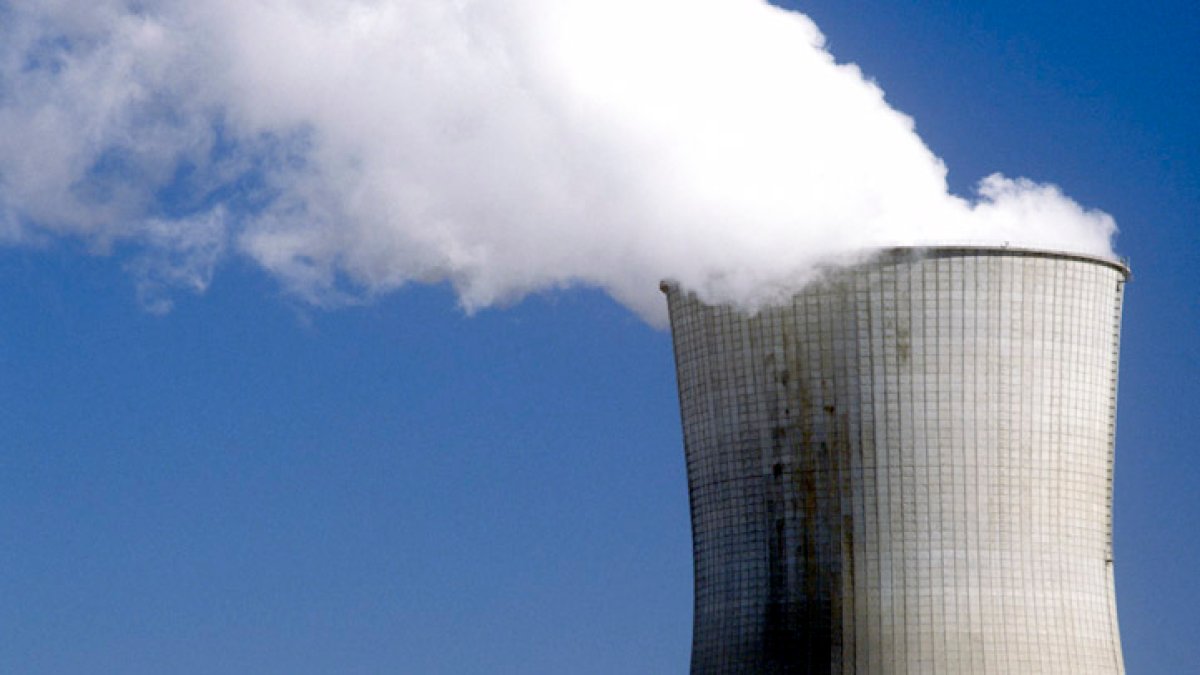what there is to know
- Competitive Power Ventures wants to build a second plant in addition to the one it already operates in the Keasbey section of Woodbridge, about 22 miles south of Newark. The company says the expansion is necessary due to growing demand for electricity, touting it as a reliable backup source for solar and wind power.
- Residents of the majority-minority neighborhood of Keasbey, as well as surrounding low-income and minority towns, say the second plant will inject even more pollution into an area that is already suffering disproportionately.
- Residents say their communities are precisely the kind of places meant to be protected by the law Democratic Gov. Phil Murphy signed in 2020, calling it the toughest environmental justice law in the nation.
NEW JERSEY – Residents of low-income New Jersey communities that would get a second gas-fired power plant nearby are urging the governor to halt the project, which they say violates an environmental justice law that boasted and cymbals more than two years ago – but has yet to fully take effect.
Competitive Power Ventures wants to build the second plant in addition to the one it already operates in the Keasbey section of Woodbridge, about 22 miles south of Newark. The company says the expansion is necessary due to the growing demand for electricity, presenting it as a reliable backup source for solar and wind power when these types of power are unavailable.
But residents of the majority-minority neighborhood of Keasbey, as well as surrounding low-income and minority towns, say the second plant will inject even more pollution into an area that is already suffering disproportionately.
They say their communities are precisely the kind of places meant to be protected by the law Democratic Gov. Phil Murphy signed in 2020, calling it the toughest environmental justice law in the nation. The measure is designed to ensure that low-income and minority communities already burdened by pollution are not forced to accept additional sources of it.
“We already have enough pollution here,” said Jean Roy, an asthmatic from Woodbridge. He noted that the two largest highways in the state, the New Jersey Turnpike and the Garden State Parkway, pass through Woodbridge, which is already highly industrialized.
“Don’t overdo it,” he said. “It would be nice to see the factory built in some of the most prosperous and beautiful areas.”
The governor’s office referred inquiries to the state Department of Environmental Protection, which considers Keasbey an “overloaded community” under the Environmental Justice Act.
But because CPV’s application for an air quality permit was deemed complete in 2017, before the new law was signed, the pending measure does not apply, said Larry Hajna, a spokesman. of the DEP. An administrative order issued by the governor requires CPV to take certain actions, including holding the public comment session it hosted on Tuesday evening.
The company is required to respond to concerns raised during the hearing, and the DEP may impose special conditions on project permit approvals “if necessary to avoid or minimize public health or environmental stressors on the overloaded community.” to the maximum extent permitted by law,” Hajna said.
At Tuesday’s hearing, residents criticized the state and said they were angry that the Environmental Justice Act had yet to take effect. They expressed suspicions that this and other proposed power plants will be approved before the new rules come into force in April.
Chris Nowell, of the environmental group Food & Water Watch, said Murphy shouldn’t “let this factory be a month ahead”. If that happens, he asked, “Do you think we would trust the DEP?”
The American Lung Association gives Middlesex County, which includes Woodbridge, an “F” grade for ground-level ozone pollution.
Many speakers from Woodbridge and surrounding communities spoke of their children’s struggles with asthma and other ailments, which they attribute to growing up in a polluted industrial area.
James Dabrowski, NAACP chapter secretary in neighboring Perth Amboy, recalled a terrifying incident involving his one-year-old son.
“We had to take him to the hospital in an ambulance because he couldn’t breathe,” she said. “CPV already has a huge fossil fuel plant in Keasbey that is spouting toxins. The last thing we need is another power plant right next to it.”
Daniel Heyden, from nearby Metuchen, said he lived just over two miles from the existing CPV plant and his 2-year-old son also had to be hospitalized in intensive care for an extreme form of asthma. You now have to take three different medications a day.
CPV, based in Silver Spring, Maryland, says its proposed second plant “will be one of the cleanest and most efficient generation facilities of its kind,” providing enough electricity to power 600,000 homes and businesses. . The company says its new plant will enable the closure of older, less efficient and more polluting facilities.
CPV said Tuesday that the new plant’s greenhouse gas emissions would be “at the lowest level achievable in the United States from a natural gas-fired power plant.”
It still needs more than half a dozen environmental permits from state and federal authorities.
Only a small handful of speakers backed the bill, including a retired trade unionist and a current trade union leader who praised the jobs it would create.
But most speakers said the health consequences of another power plant in the region would far outweigh the economic benefits.
“Their jobs mean nothing to me,” said Brian Russo, a northern New Jersey environmentalist who worked in the Woodbridge area. “There will be no jobs on a dead planet.”

